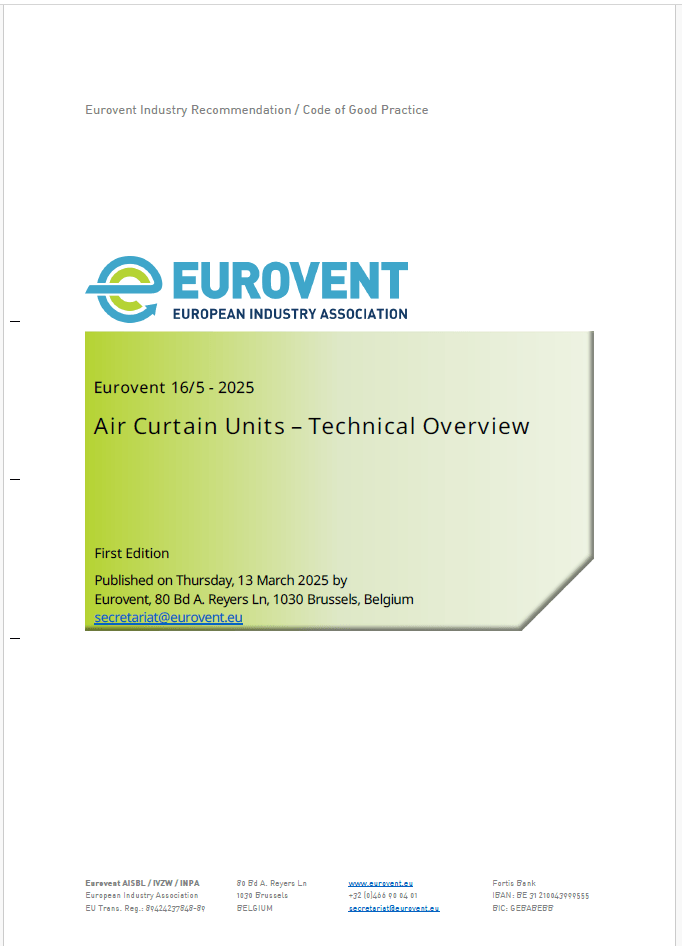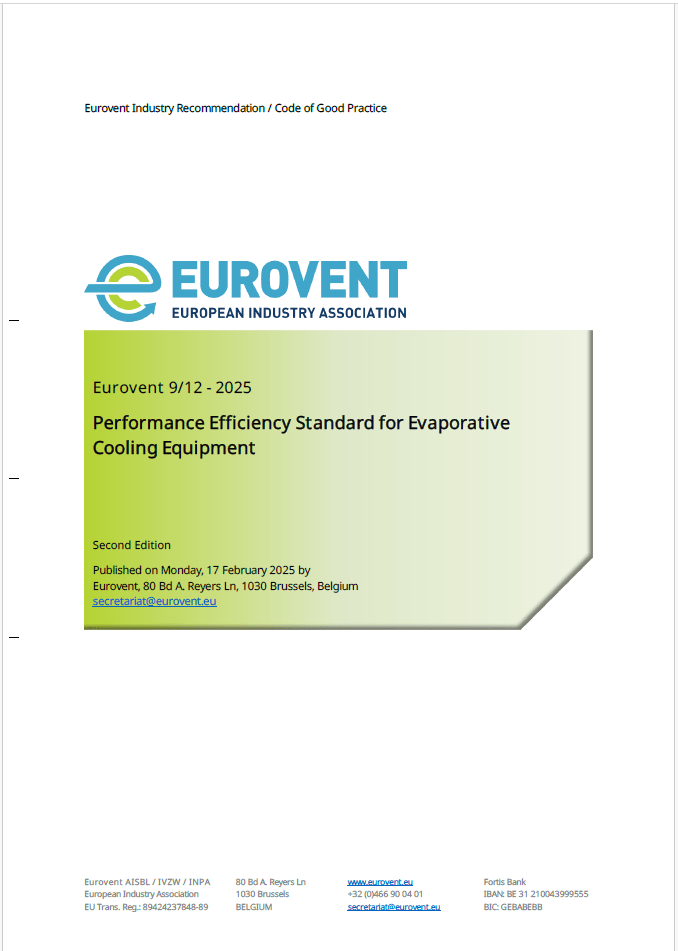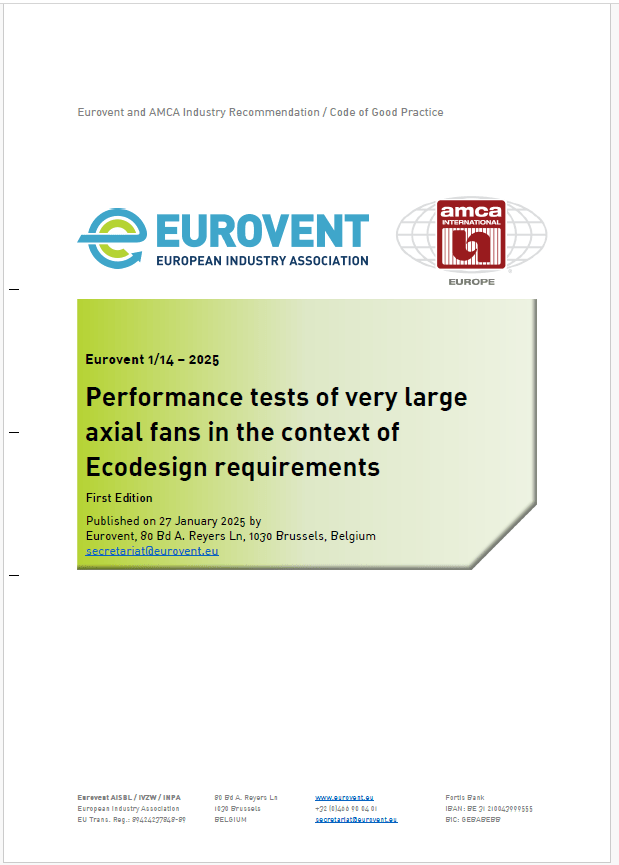The importance of clean air to the well-being of people and for the protection of industrial equipment has highlighted the critical role of air filter performance. Accurate filter performance prediction plays a significant role in estimating the lifetime of filters by means of investigating particle loading and predicting filter clogging. Filter performance prediction enables would enable facility managers to engineer their maintenance schedule to replace filters on time to reduce energy and operating costs.
The assessment of air filter performance is influenced by several parameters such as face velocity, filter medium properties, filter design, aerosol characteristics, ambient conditions, contaminants types, and their loading conditions. The complexity of air filter performance evaluation lies in the simultaneous interplay of these parameters. Furthermore, some parameters are time-dependent such as mass loading, dust cake thickness, the overall fibre shape, and the filter porosity. Such variations lead to alteration in the filter medium geometry and reduces the filter’s permeability due to particle deposition in the interstitial spaces of the filter medium. As a result, the pressure drop of the filter rises and restrains the airflow until its performance relative to its energy usage is no longer viable.
To ensure the appropriate filter selection has been made for various applications, their performance must be verified to correspond to the manufacturer’s test report. Therefore, comprehending the parameters affecting filter loading is essential and starts with physical and chemical characterisation of the airborne pollutants. Characterising the outdoor air quality through continuous monitoring will prove invaluable to filtration experts who will use such data to appropriately select air filter types and stages. This would, in turn, provide the required air treatment to render the outdoor air safely inhalable by our respiratory systems.
The air we breathe
The air we breathe is full of microscopic particles which can be hazardous to our respiratory systems and are, thus, considered a specific type of air pollution. Particles come in many different forms such as grit, dust, smoke, fumes, or mist, and we should not forget smog and fog. The types of dust are numerous: mineral dusts, such as those containing free crystalline silica for example quartz, coal and cement dusts; metallic dusts, such as lead, cadmium, nickel, and beryllium dusts; other chemical dusts, e.g. many bulk chemicals and pesticides; organic and vegetable dusts, such as flour, wood, cotton and tea dusts, pollens; biohazard dusts, such as viable particles, molds and spores, as shown in Figure 1.

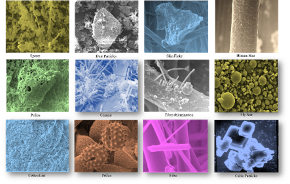
Figure 1: Examples of various airborne contaminates captured by air filters


Figure 2: Illustration of various particle shapes captured by air filters
Coarse particles are more heterogeneous compared to fine particles in terms of their spatial distribution and chemical composition [1,2]. The size of these particles is in the order of several nanometers to several micrometers. Epidemiological studies have shown beyond a doubt an association between increased urban air pollution and adverse health effects on susceptible sectors of the population, particularly the elderly who may have pre-existing respiratory or cardiovascular disease [3,4]. Urban air contains particles whose size may be classed as coarse through to ultrafine (<0.1 μm in diameter). Ultrafine particles contribute very little to the total mass in a sample of air, but they exist in very high numbers, which in episodic events can reach several hundred thousand/cm3 in urban air. The differences in health effects because of the airborne contaminant exposure must be investigated. Some allergens can cause an immediate reaction with minimal long-term effect, while other carcinogenic chemicals may not show immediate signs, but cause cancer after years of exposure [5]. Therefore, characterising atmospheric pollutants is essential to the understanding of air filter performance and enhancing indoor air quality.
An adult person typically breathes 17.000 litres of air daily – so a low concentration of airborne contaminant represents a large quantity of the contaminant entering the human body by inhalation. Everyday billions of particles are inhaled with the ambient air by every human being. Many of these particles are deposited in the respiratory tract; the deposition depends on the size, density, shape, charge, and surface properties of the particles and the breathing pattern of the individual.
COVIDeurovent-market-intelligence/news/eurovent-market-intelligence/-19 has added another challenge to our indoor air and HVAC systems. In the past, the paradigm shift of HVAC system design was based on responses to the past thermal comfort and energy requirements. Energy has always been the favourite subject when operating HVAC systems. Today, air quality stands tall as a top priority in any equation addressed. However, many challenges remain, as the variation of several parameters at the same time may be tricky to control. Reducing infection risks entails engineering several parameters which both directly and indirectly influence the existing HVAC systems and air filter performance. Ultimately, air filtration has become increasingly important as a main provider for cleaner air.
Common filtration mechanisms
The performance characteristics of a filter are concerned with the efficiency it can provide at the expense of pressure drop. The overall efficiency of a filter is based on the combination of the dominant collection mechanisms for a given particle size range. Therefore, the particle size is of paramount importance in determining the overall filter efficiency.
Particle Size
The characteristics of aerosols that most affect the performance for an air filter includes particle size, particle shape, mass, concentration and electrical properties. Particle size is considered to be a fundamental parameter for characterising the dynamics of aerosol. A particle is generally imagined to be spherical and its diameter is usually used to describe its size. However, there are several ways of defining particle size, particularly for those of irregular shapes as shown in Figure 3, which provides a guidance on the understanding of the several ways of defining particle size particularly for those of irregular shapes.

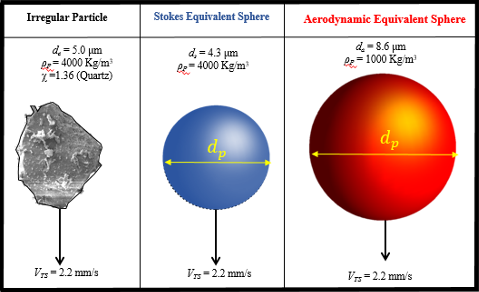
Figure 3: The equivalent spheres of irregular particle [3]
Straining occurs when the filter pores strain the particles due to particle size, leaving the particles lying predominantly on the surface of the filter medium. This mechanism does not play a major role in depth filtration.
The impaction mechanism occurs when a particle cannot navigate through the inhomogeneous filter structure and does not follow the gas streamlines due to its inertia (size and mass) and hence, impacts the filter fibre and leaves the air stream. The impaction mechanism depends on the particle size, density of the dust, depth of the filter and the velocity of the airflow. This mechanism is predominant for particles that have a high density a diameter greater than 1 µm. Its influence increases with the size of the particle.
Interception occurs when a particle intercepted by the fibre and adheres to it due to Van der Waals forces. Particles captured by interception do not have enough inertia to travel in a straight line to be filtered by impaction. Several studies have suggested the relative independence of the interception mechanism of the gas velocity [6; 7]. However, Dorman [8] states that interception mechanism is independent of the gas velocity, except in so far as the flow pattern changes with velocity. Jaroszczjk et al [9], on the other hand, highlight the role of particle size and its velocity in the filtration processes and suggest that it may be determined experimentally by using actual filter media with careful selection of test sample and contaminants.
Diffusion occurs when ultra-fine particles (particles with a diameter, dp, <1µm) are bombarded by air molecules to adopt a random (Brownian) motion and are eventually captured by a filter fibre. To enhance the diffusion mechanism, the time of the air must be extended to increase the likelihood of particle-fibre attraction. In other words, subjecting the filter to a lower media velocity will have a pronounced effect on the filter efficiency if the particle size distribution is <1µm. Introducing a smaller fibre size distribution relative to the particle size distribution can enhance the diffusional efficiency of the filter. In gas filtration, it is common to assume that each mechanism acts independently of others. For particles of 1 µm and smaller, complex interactions between Brownian diffusion and inertial effects results in the so-called Most Penetrating Particle Size (MPPS). The MPPS is defined as the particle size at which the filter efficiency is the lowest at a given flow rate [10].

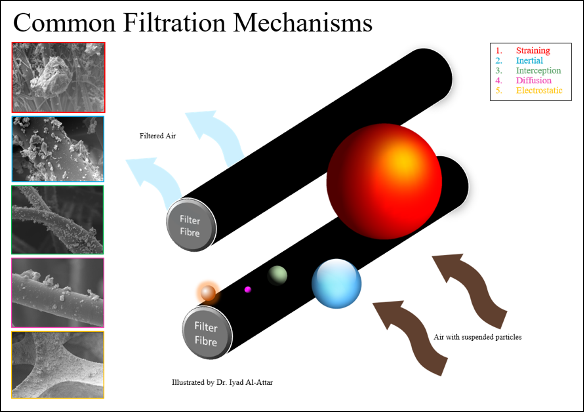
Figure 4: Common filtration mechanism in air filtration
Filtration processes
Filtration is the separation and retention of particles from the air stream by means of porous medium. The essence of filtration lies in the particle capture by filter fibres within the filter depth and/or at its surface. However, when particles begin to collect other particles (Figure 5), filtration performance becomes more complex to predict. The first step in the general understanding of the air filtration process is distinguishing between the two types of filtration processes, namely depth and surface filtration. Fabric and membrane filters are considered surface filters, while fibrous and granular filters fall into the depth filtration category.

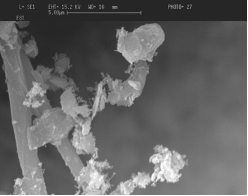
Figure 5: Scanning electron micrograph of dendrite formation [11]
Surface filtration
In surface filtration, large particles are expected to be deposited on the surface of the filter medium by a sieving (straining) mechanism so as to form the so-called dust cake (Figure 6). Thus, most of the filtration action takes place on the filter surface by means of dust-cake formation. In surface straining, any particle that is larger in size than the pores of the medium is deposited on the on the surface and stays there until it is removed by a regeneration technique such as pulsing system. Although the aim is to have surface deposition of particles, some particles, smaller in size than the pores, can penetrate the filter medium.

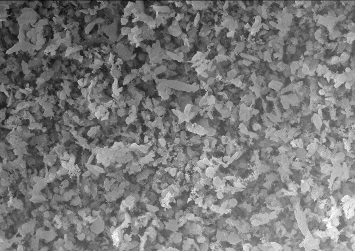
Figure 6: Illustration of surface deposition of particle on filter media
Depth filtration
Depth filtration relies on capturing the particles within the filter medium. This method of non-cake filtration requires an understanding of the media properties where most of the filtration action occurs. The depth filtration process causes fibrous filters to have the same or better degree of purification and minimal resistance as that of surface filters. In this process, glass fibre media is used extensively due to its low-pressure drop and better performance at high temperatures. The structure of glass fibre media is delicate and may not be regenerated either by air and/or water. Attempting to regenerate a fibrous filter by ejecting the particles out of it will lead to the destruction of the pore structure of the media, and the dust particles may not be removed completely. The structure of fibrous filters is illustrated in Figure 7 in its stationary stage, which is defined as the stage the filter experiences a negligible pressure drop rise due to particle deposition. On the other hand, Figure 8 illustrates the progression of particle loading challenging fibrous media from stationary phase to non-stationary phase and eventually to dust cake formation. The non-stationary filtration occurs when particles deposited around the filter fibres alter the pore structure of the filter media and causes a pronounced rise in the resistance to air flow through the filter, and hence in the filter’s pressure drop.

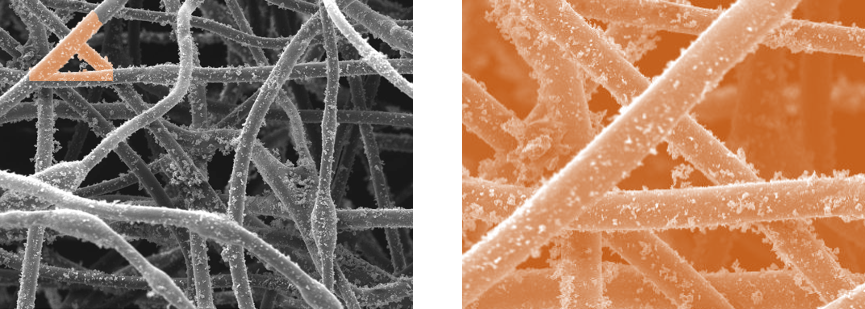
Figure 7: Illustration of depth deposition of particles on filter media and formation of dendrites

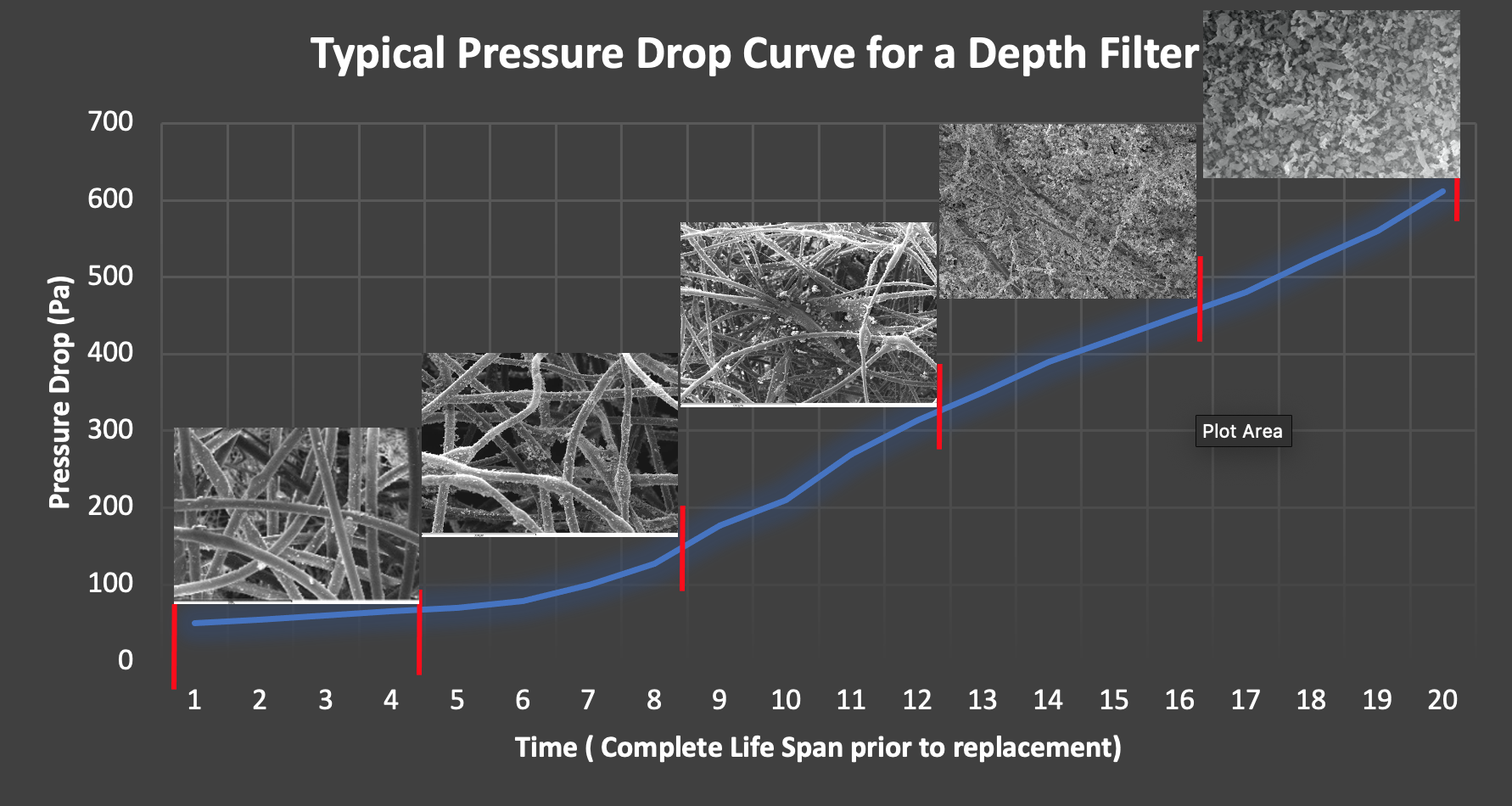
Figure 8: Pressure drop versus mass challenge per filter face area with point of filter cake formation
The Pressure Drop of Air Filters
Parameters such as particle concentration and particle size distribution (compared to the pore size distribution) can lead to their surface deposition. Eventually, the filter porosity undergoes a substantial change leading to premature filter clogging and shorter service life. Surface deposition occurrence on a depth filter does not warrant the full utilisation of filter depth/thickness as shown in Figure 9. It could also reduce the permeability of the filter and force it to depart from the depth deposition stage much earlier than predicted causing a steep rise in pressure drop.

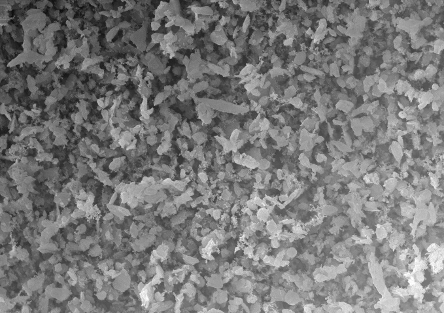
Figure 9: Illustration of surface deposition of particle on filter media.
The pressure drop of an air filter is influenced by the particle size distribution of the dust loaded. Figure 10 illustrates the difference in dust-loading of the similar V-bank filters (Figure 11) by SAE fine and coarse dusts [11,12]. The pressure drops of the filter loaded with SAE fine dust is higher than loaded with SAE Coarse dust. This is because finer particles are more penetrating and are capable of occupying interstitial spaces inside the filter medium, which is responsible for the rise in the pressure drop of the filter. The filter structure may be changed internally if particles deposit within the media, or externally if deposited on its surface to form a new layer of dust. However, when considering the sustainable performance of an air filter, one must emphasise the balance between filter efficiency and pressure drop as well as its lifetime.

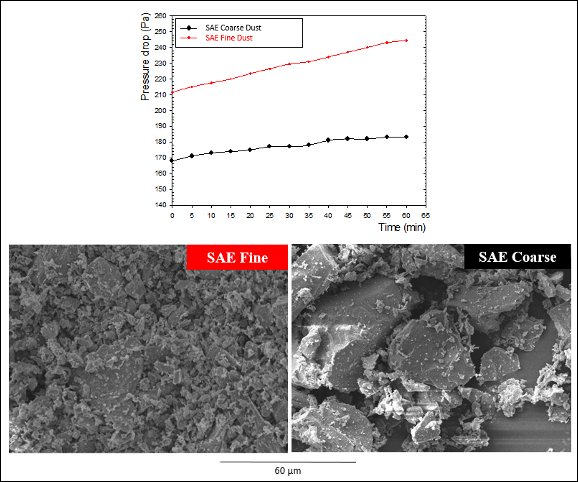
Figure 10: Effect of particle size on the increase of pressure drop on similar V-shaped filters [11, 12]

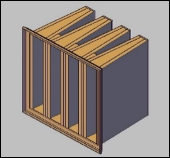
Figure 11: V-bank filter cartridge used in the experimental work with dimensions 592x592x400mm [12]
Closing statement
COVIDeurovent-market-intelligence/news/eurovent-market-intelligence/-19 has demonstrated that air quality is the main foundation of our global economy. The spread of SARS-CoV-2 placed more emphasis on advanced filtration technologies to remove bioaerosol contaminants, particularly those that are infectious. Therefore, extensive air filtration research and development is required to advance filter media and cartridge design to cope with the increasing concentrations of air pollutants. In past decades, our favourite subject has been “energy” and we overlooked other parameters that hang in the same balance, such as air quality and the well-being of human occupants. COVIDeurovent-market-intelligence/news/eurovent-market-intelligence/-19 has highlighted the importance of appropriate air filter selection and the utilisation of high-efficiency filtration as well as the employment of other technologies that combat the spread of SARS-CoV-2. However, regenerating a disposal filter and returning it to air handling units for re-use is one practice that must be unlearnt. Ultimately, the current pandemic is an opportunity to realign the performance of HVAC and filtration systems through professional maintenance practices to protect the well-being of human occupants and not just to simply provide thermal comfort. It is time to change the narrative and ensure that our facility managers are following the air quality regulations since we understand that their maintenance teams follow their lead. We need to realise that enhancing indoor air quality through appropriate air filter selection remains the order of the day.
References:
[1] J. Thornburg, C.E. Rodesa, P.A. Lawless, R. Williams Spatial and temporal variability of outdoor coarse particulate matter mass concentrations measured with a new coarse particle sampler during the Detroit exposure and aerosol research study Atmospheric Environment, 43 (2009), pp. 4251eurovent-market-intelligence/eurovent-market-intelligence/-4258
[2] Hinds W.C., 1998. Aerosol Technology, Wiley, New York.
[3] Chen, C., Zhao, B., 2011. Review of relationship between indoor and outdoor particles: I/O ratio, infiltration factor and penetration factor. Atmos. Environ. 45, 275e288.
[4] EPA, 2005. Review of the national ambient air quality standards for particulate matter: policy assessment of scientific and technical information. OAQPS Staff Paper.
[5] Kathleen H.K., 2019. Indoor Air Quality: The Latest Sampling and Analytical Methods. Third Edition. ISBN 9780367656775, CRC Press.
[6] Brown R. C., Wake D. 1999. Loading filters with monodisperse aerosols: macroscopic treatment. J. Aerosol Sci., 30(2), 227-234.
[7] Lee K.W. and Mukund R., 2001. “Filter collection”, in “Aerosol Measurement: Principles, Techniques, and Applications” 2nd edition, Ed. P.A.Baron and K.Wileke, 197-228.
[8] Dorman R. G. 1964. “Theory of fibrous filtration”, in High efficiency air filtration”, Ed. White P.A.F. and Smith S.E., Butter Worths, London.
[9] Jaroszczjk T., Fallon S.L. and B.A. Pardue, 2002. “Analysis of engine air cleaner efficiency for different size dust distributions”, Fluid/Particle Separation, 14(2). 75-88.
[10] Tarleton E.S. and Wakeman R.J. 2008. “Dictionary of Filtration and Separation” Filtration Solutions, Exeter.
[11] Al-Attar I.S., 2011. “The effect of pleating density and dust type on performance of absolute fibrous filters”, doctoral diss., Loughborough University Institutional Repository.
[12] Al-Attar I.S., Wakeman, R.J., Tarleton, E.S., and Husain A., 2009. The effect of pleat count and air velocity on the initial pressure drop and fractional efficiency of HEPA filters, Filtration Journal, 10 (3), 200-206.









